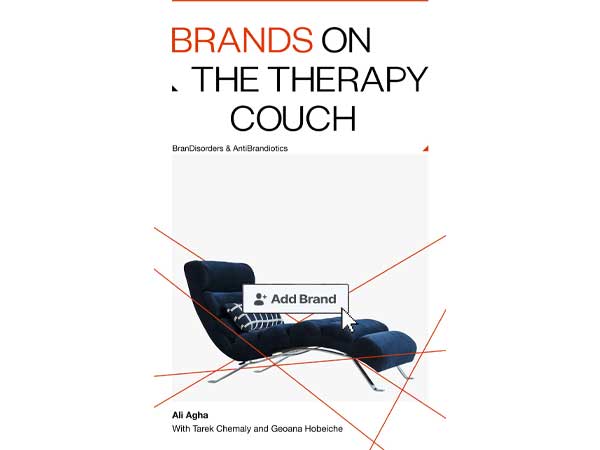News - Digital/Tech
Data Clean Rooms – The Key to Collaborating on Marketing Analytics in a Privacy-First World
by Paul Wright, AppsFlyer
May 20, 2024
The Gulf Cooperation Council’s success in adopting the latest technology before almost anyone else is rooted in due diligence. Governments here have watched progress closely, wary of potential downsides and quick to step in when they believe it is warranted. Recent years have seen an explosion in data creation. Trust from consumers is what makes the economy spin on, and so GCC governments have laid out regulations to steer private companies in their leverage of data.
In the United Arab Emirates (UAE), the Personal Data Protection Law came into effect in January 2022. It established personally identifiable information (PII) as the property of the individual to whom it pertained. Saudi Arabia enacted similar provisions.
This is good for consumers but makes life difficult for marketers who need rich data to calculate a range of metrics and must involve third parties to achieve the desired result. A powerful emerging solution to this challenge is the data clean room. PII is anonymised and, instead of direct access, different organisations are allowed to combine their first-party data with aggregated views of partners’ data. Such abstraction means most outputs are limited to group insights such as, “any user who fulfils this set of criteria should be offered that product/discount/deal”. Anything more granular requires the consent of all parties.
To marketers, this may be as good as it gets, but it can be very powerful if designed correctly. Data clean rooms are a credible method of data processing. The terms of access, availability, and usage of data are a matter of transparent record, and governance is enforced by a trusted data clean room provider. No party can access any other’s data, which means nobody can fall foul of regulators. When data needs to be shared, each party puts its PII in a clean room so that combined analysis can be conducted. Results can include insights on reach, audience overlap, purchasing behaviour, and demographics. In this way, the clean room can be an intermediary means of measuring campaign performance while remaining within the lines of privacy.
A rising tide
Data clean rooms are a vital tool for today’s advertisers. However, so-called walled gardens — data clean room ecosystems provided by a third party (often a hyperscale provider) with access controlled by the same provider — combine with privacy regulations to create complexity for those who want to gather, store, analyse, and share data. And considering the trust issues between parties in today’s common clean room setups, administrating (or at least having control) of your own room seems like an attractive option. This is especially true given the costly and time-draining effort required by data scientists to correlate disparate data sets.
Gartner tells us that 80% of advertisers around the world with access to “media budgets of US$1 billion or more” will be using clean rooms by the end of 2023. Data clean rooms are in their infancy in the GCC but there is every reason to believe they will mature quickly in a region known for early adoption. First-party data collection will emerge as a strategic priority for marketing functions and as with other regional adoptions, this journey will accelerate.
The GCC is home to many hyperscale providers that will likely provide walled gardens. However, we can expect to see a movement away from this paradigm to a market of smaller, neutral data clean room providers, perhaps driven by the startup friendly business environments of nations like the UAE. Campaign designers should be on the lookout for this emergence because it more accurately reflects their needs — transparency, control, and ease of access. Once these foundations have been established, clean rooms can empower marketers to measure, attribute, and optimise their campaigns.
Getting it right
Any advertiser that relies on a sizable data ecosystem should make a data clean room its top priority. Several factors come into play when determining how to select the data clean room solution that is right for your organisation. The main two to keep in mind are data depth, which denotes volume and quality, and data breadth, which refers to the variety of gathered data. When dealing with a walled garden ecosystem, advertisers will find ample depth but little breadth. More flexible than a walled garden is the pure-play data clean room, but the independence of these solution providers means you must bring your own data. In other words, they facilitate a clean room through infrastructure and offer little in the way of depth or breadth.
Perhaps the best of all worlds is offered by the mobile measurement partner (MMP) model. MMPs provide data clean room technology. They provide data depth. They provide data breadth. And they offer a range of integration options. A data clean room, like all technology implementations, comes with an associated roster of best practices in which the MMP is fully versed. Each practice is designed to optimise ROI. The first is ensuring you design your clean room around your main channel (mobile, app, Web, etc.) while, if possible, allowing for the analysis of others. Consider the scale of your business, your unique marketing requirements, the shape of your data, and your internal resources, including skillsets. Be sure that the design of your clean room fits all these attributes.
Spare a thought for your consumers, present and future. Make sure the clean room is flexible enough to accommodate shifts in their behaviour. Test the room by analysing real-world consumer behaviour in real time. The actionable insights you receive will let you know if you are moving in the right direction.
A beacon of promise
In navigating the evolving landscape of marketing analytics in an increasingly privacy-centric world, data clean rooms stand as a beacon of promise for marketers seeking actionable insights while upholding consumer trust. As we forge ahead, let us remain steadfast in our commitment to transparency, control, and the ethical stewardship of consumer data, ensuring that the tide of progress lifts all boats in the sea of digital marketing.


.jpg)









